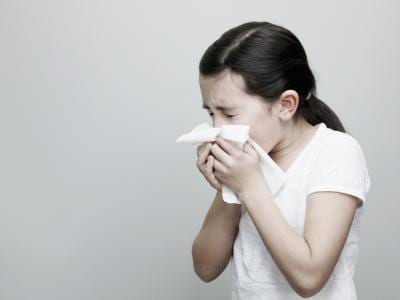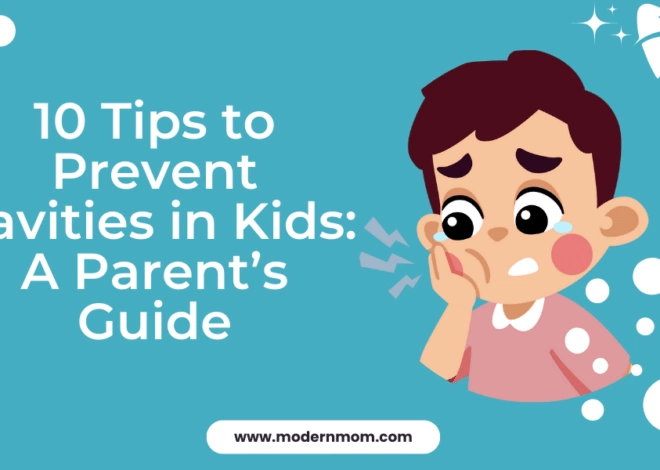The discovery and rapid onset of the H1N1 flu, first termed swine flu, in the spring of 2009 caused the World Health Organization to declare a worldwide pandemic, reports MayoClinic.com. This flu looks genetically similar to swine flu viruses, but it passes easily among humans, thus the original name of swine flu. For several weeks in late 2009 to early 2010, the deaths attributed to pneumonia and influenza were above what would be seen in a normal flu season and therefore met the standard definition of an epidemic, reports the Centers for Disease Control and Prevention (CDC).
Symptoms
Like any other flu virus, the H1N1 is primarily a respiratory infection that can cause a fever, coughing, malaise, headache, diarrhea and vomiting. Symptoms will vary from person to person and not everyone experiences all these symptoms. If your symptoms become serious and you are having trouble breathing or are dehydrated, contact your doctor immediately.
Transmission
H1N1 transmits from person to person through saliva and other bodily fluids entering the mouth or nose. When an infected person sneezes or coughs, that sneeze or cough can contaminate the air and surfaces around them. Inhaling the contaminated air or touching surfaces with the virus and then touching your face is how the virus infects new people. The incubation time is about three to five days. This means that within three to five days of exposure symptoms start to develop.
Treatment
The most common treatments involve treating the symptoms by drinking lots of fluids, taking over-the-counter (OTC) pain medications, and getting lots of rest. Doctors may prescript anti-viral drugs in only the most serious cases due to the potential for the virus to develop a resistance to the drug. If the virus were to become resistant, the anti-viral medication would become ineffective against the H1N1 virus.
High-Risk People
Certain groups of people are at higher risk for developing serious complications from the H1N1 virus. These include children under the age of 5, adults over 65 years of age, pregnant women and anyone with a current chronic health condition. It’s important to note that unlike other flu viruses, children have shown to be much more susceptible to the H1N1 virus than adults over 65. The reason may be the older adults have been exposed to some form of this virus during their lifetime, whereas it is a completely new virus to young children, reports the CDC. Serious complications of this virus include pneumonia, respiratory failure and an aggravation of other current chronic illnesses, reports MayoClinic.com.
Preventing Infection
If you have symptoms of the swine flu, stay home until you feel better so that you do not spread the virus. Having good hygiene habits, such as washing your hands regularly and avoiding touching your face, will help prevent the H1N1 infection. Getting the seasonal flu vaccine will also help prevent infection. As of 2010, the seasonal flu vaccine included a vaccine against the H1N1 flu virus.





